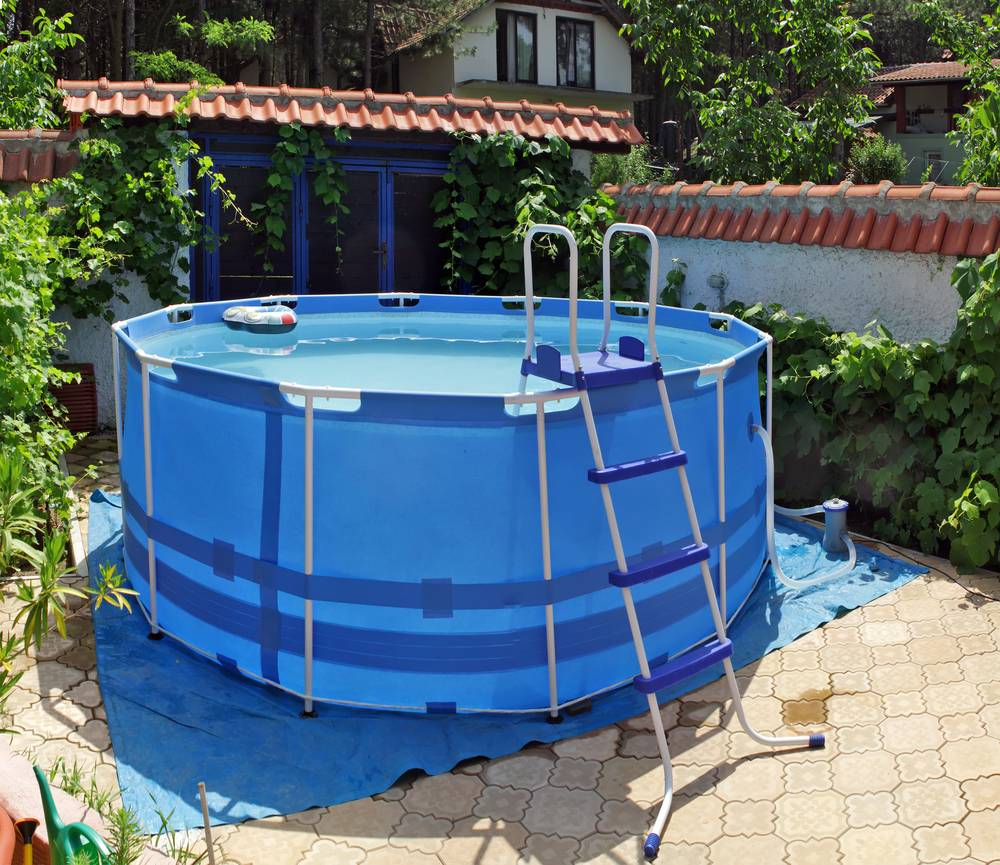I just read and took notes on the ABCs section of Pool School. Before I move on to the next section, I have a couple questions:
What is an example of a product that I can use to add salt to my water? I will not be using a SWG. When I google water softener, I see a lot of calcium hardness related stuff, which I won't be using because my pool is vinyl. I don't know if I should be searching for solar salt, sodium chloride, or something else. I know I should be looking for something 99.4% pure or better.
How do I add the salt? Dump some in, then test until it hits 2,000 ppm? Do test strips show salt levels? I have test strips, but I haven't looked closely at them yet.
I have Clorox chlorine tablets, shock, and ph up. I also have test strips. I need to get ph down. Anything else I'm missing?
What other household chemicals should I keep around besides baking soda, borax and household bleach?
How do I know what my CYA should be? I read the chlorine/cya section of pool school, but I didn't understand it. If I am understanding correctly, it can differ depending on location, what other info do I need to provide?
What is an example of a product that I can use to add salt to my water? I will not be using a SWG. When I google water softener, I see a lot of calcium hardness related stuff, which I won't be using because my pool is vinyl. I don't know if I should be searching for solar salt, sodium chloride, or something else. I know I should be looking for something 99.4% pure or better.
How do I add the salt? Dump some in, then test until it hits 2,000 ppm? Do test strips show salt levels? I have test strips, but I haven't looked closely at them yet.
I have Clorox chlorine tablets, shock, and ph up. I also have test strips. I need to get ph down. Anything else I'm missing?
What other household chemicals should I keep around besides baking soda, borax and household bleach?
How do I know what my CYA should be? I read the chlorine/cya section of pool school, but I didn't understand it. If I am understanding correctly, it can differ depending on location, what other info do I need to provide?
Last edited:


